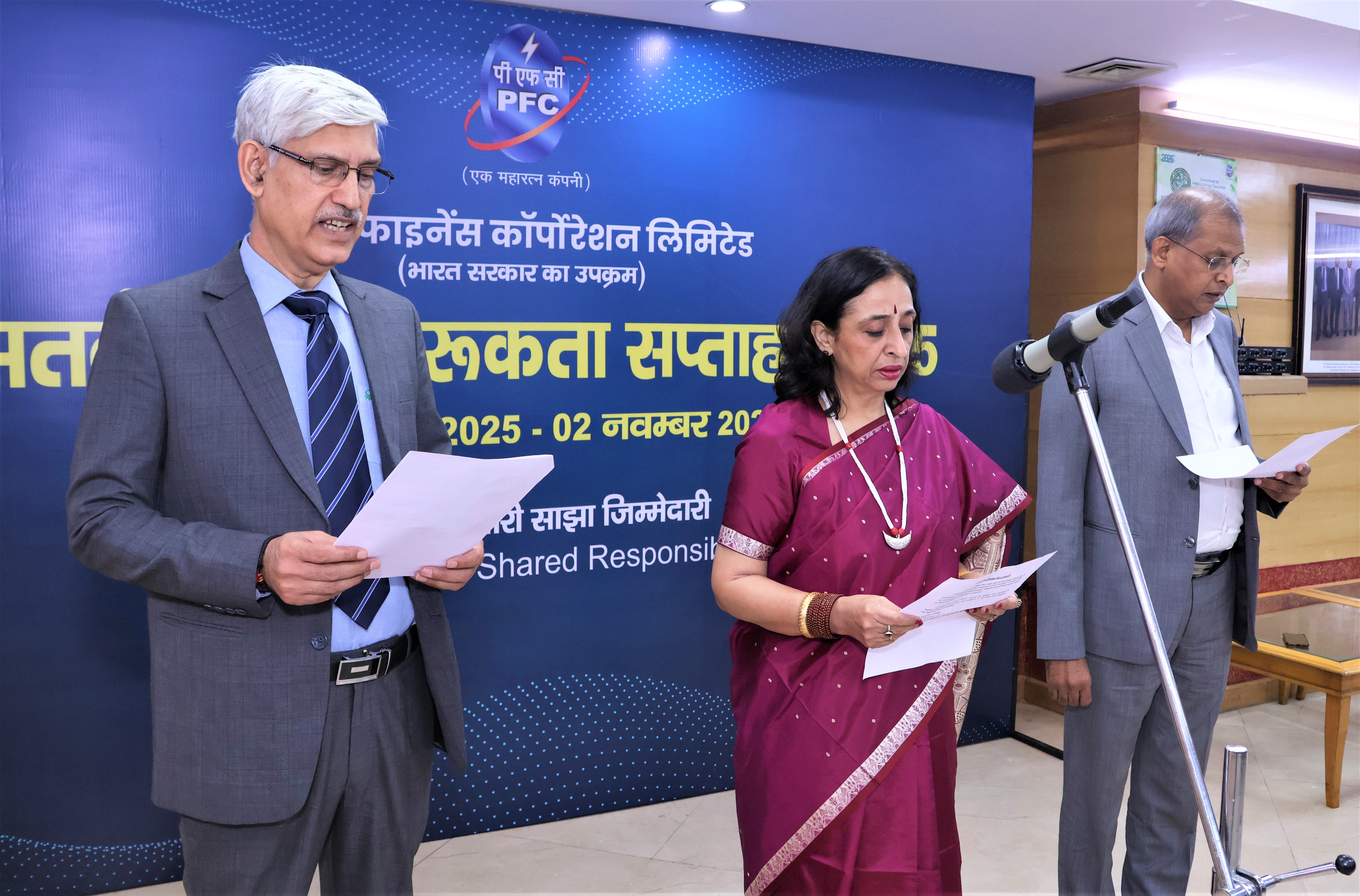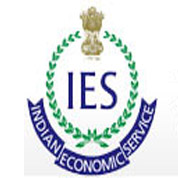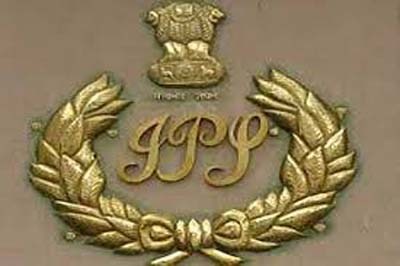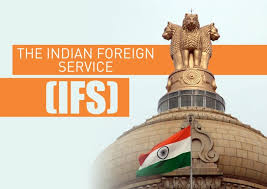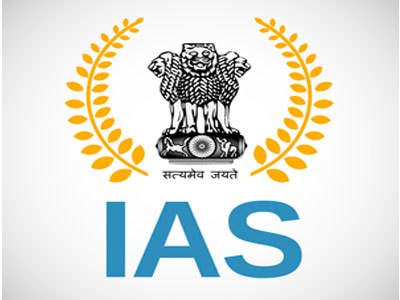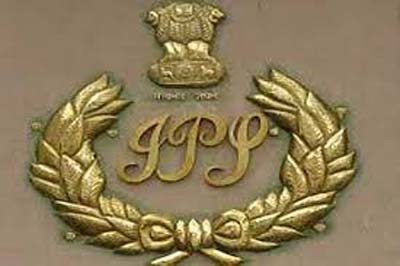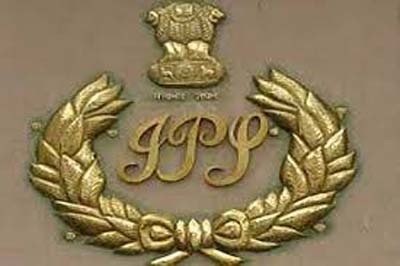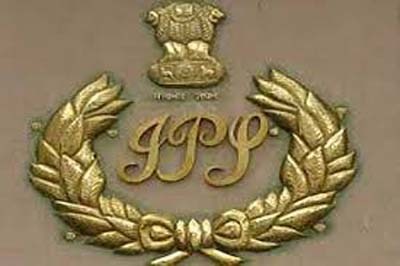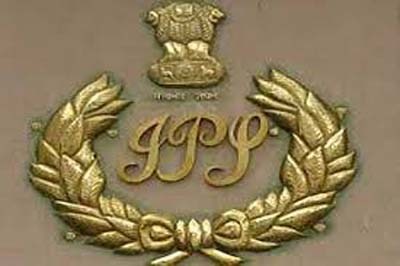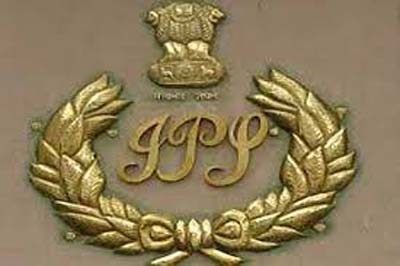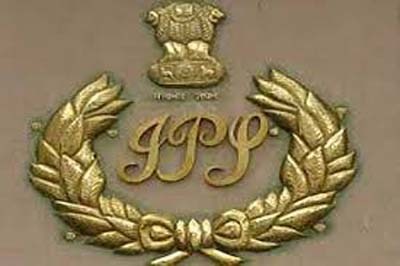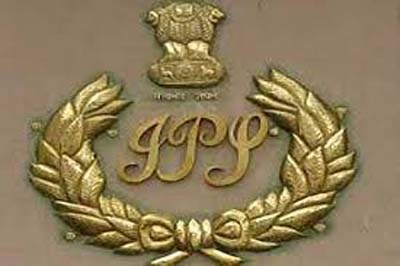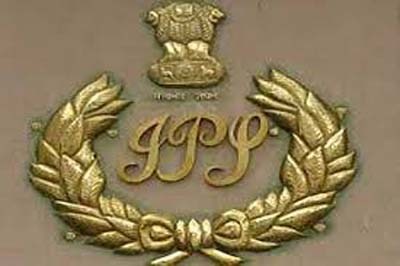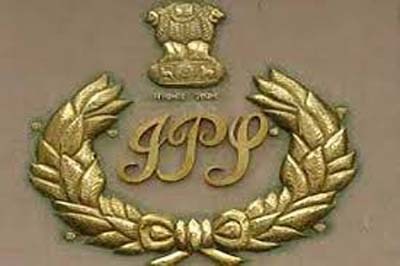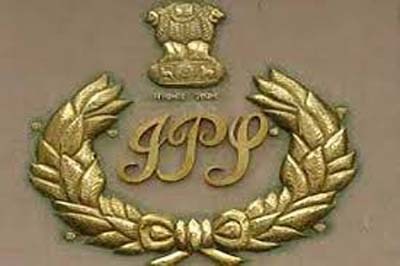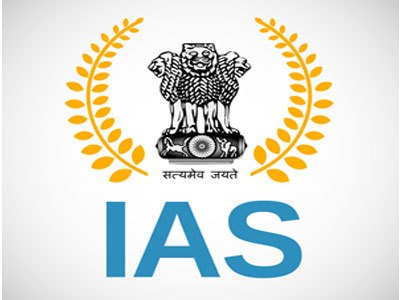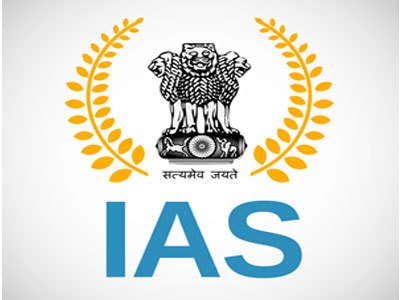The Union Budget has placed strong impetus to realise the huge potential of India’s shipping sector. The forward-looking document aims at further enabling India’s shipbuilding industry with spurring & innovative initiatives to drive investment, generate income for the economy, train and employ human capital and create value for the future of the country. The Union Minister of Ports, Shipping & Waterways, Shri Sarbananda Sonowal welcomed the budget and termed it progressive policy statement towards realising the vision of Prime Minister Shri Narendra Modi of a Viksit Bharat by 2047.
On the occasion, Shri Sonowal said, “I welcome the Union Budget presented in Parliament today. This budget serves as a catalyst for economic growth, aligning with Prime Minister Narendra Modi ji’s vision of a ‘Viksit Bharat, Atmanirbhar Bharat.’ I congratulate Finance Minister Nirmala Sitharaman ji for presenting a forward-looking budget that embodies the principles of good governance, progressive reforms, and innovative policymaking. This budget not only strengthens business and trade sentiment but also acts as a springboard for economic expansion, capacity building, and solution-driven holistic development of the society and growth of the economy. By unlocking value and enriching national assets, it lays the foundation for sustained progress and people-centric development. The budget aims to generate wealth, drive welfare initiatives, and foster public participation in nation-building. It safeguards the interests of future generations while elevating the quality of life for the people of Bharat.”
The Union Budget proposes to set up Maritime Development Fund (MDF) to support India’s Maritime sector by providing financial assistance, via equity or debt securities. The initial corpus of the fund is pegged at ₹25,000 crores - where the Government contribution will be 49%. The remaining balance will be contributed by Major port authorities, other government entities, Central PSEs, Financial Institutions as well as private sector. This fund will directly benefit in financing for ship acquisition. It aims at boosting Indian flagged ships share in the global cargo volume upto 20% by 2047. Further, indigenous fleet will reduce dependability of foreign ships, improve Balance of Payment and secure Strategic interests of the country. By 2030, MDF is aiming at generating upto ₹1.5 lakh crore investment in the shipping sector.
Speaking on the initiatives for spurring the India’s Maritime sector, the shipping minister, Shri Sarbananda Sonowal said, “It is reassuring to see that the budgetary initiatives for India’s marine sector are focused on unlocking its vast potential and enhancing existing assets through upgrades, modernisation, and automation. A key highlight is our ministry’s development of new shipbuilding clusters of 1.0 to 1.2 Million Gross Tonnage (GT) each. This strategic push is crucial in realising India’s vision of becoming a $30 trillion economy by 2047. By leveraging the Public-Private Partnership (PPP) model, the scheme is designed to attract private investment, promote modernisation, and advance green technologies. These efforts will enhance India’s global competitiveness, drive sustainable growth, and solidify its position as a leading Global Maritime Hub.”
The Union Budget provided a shot-in-the-arm to India’s domestic shipbuilding industry after it announced new mega shipbuilding clusters in the country. This scheme will provide direct capital support in the form of creating the breakwater along with capital dredging. It also proposes a 10-year rent holiday for the land, if not provided at a nominal rate. Investment is also designed to support creation of trunk infra like roads, utilities, sewage treatment among others. The proposed allocation of ₹6,100 crore aims to support India's existing shipyards in upgrading, modernising, and automating their operations, enhancing efficiency, utilisation, and overall output.
The Union Budget has also extended the Shipbuilding Financial Assistance Policy (SBFAP) 2.0, aimed at providing direct financial subsidies to Indian shipyards. This initiative seeks to help in securing orders by offsetting operational cost disadvantages, thereby strengthening the domestic shipbuilding industry. To be financed via Budgetary support, the total outlay of the scheme is ₹18,090 crores.
Another innovative scheme announced in the budget is the Shipbreaking Credit note. This scheme incentivises Ship Scrapping by issuing a Credit Note of 40% of the scrap value which can be reimbursed to buy new Made in India ships.
Adding further, Shri Sonowal said, “India's maritime sector has witnessed significant progress since 2014, and with the latest announcements by the Finance Minister, we are confident that the shipbuilding industry will serve as a catalyst for economic growth. While the Shipbuilding Financial Assistance Policy (SBFAP) is designed to provide financial incentives to Indian shipyards, the Ship-breaking Credit Note further strengthens the domestic industry by encouraging investment and expansion. These measures are expected to drive capital inflows, create employment opportunities, and enhance sectoral competitiveness. Additionally, a renewed focus on training and human capital development will ensure a skilled workforce, equipping professionals with expertise in modern shipbuilding technologies, automation, and sustainable maritime practices. This holistic approach will not only support industry growth but also position India as a global leader in shipbuilding and maritime innovation.”
Highlighting the need to develop trained professionals in the sector, the budget allocated specific funds for training and development of human resources in order to leverage India’s position as a global leader in maritime human capital. The budget provided for Shipbuilding Capability Development Centres (SCDC) is aimed propping up platform for development of innovative ship design and engineering solutions as well as testing & evaluation of Shipping projects. An outlay of ₹1200 crores have been earmarked for this. Additional provision of ₹1040 crores have been announced for providing capital and operational assistance to the existing and upcoming shipbuilding design and training centres from the private sector. A budgetary allocation of ₹610 crores is proposed for a support scheme for Research & Development (R&D) and innovation in ship technology. This initiative will foster development of new and improved shipbuilding technologies. New incentives are projected to generate 11 lakhs of direct or indirect employment.
In a welcome move for the shipping industry, the Union Budget also proposes include Large Ships of certain size in to the Infrastructure Harmonised Master List (HML). This will make them eligible for benefits such as easier access to long-term financing and tax incentives. This will also attract private investment and enhance fleet modernisation.
In a boost to the inland waterways in the country, the Tonnage Tax Scheme is now extended to Inland vessels. This will encourage more cargo movement as the vessels will avail tax benefit from its capacity, instead of profit. This will further incentivises shipping companies to invest in inland waterways vessels as it becomes financially more viable. The extension of PM GATI SHAKTI Portal to private players will further bring efficiency in cargo movement via multi modal infra planning at a more economical rate.

